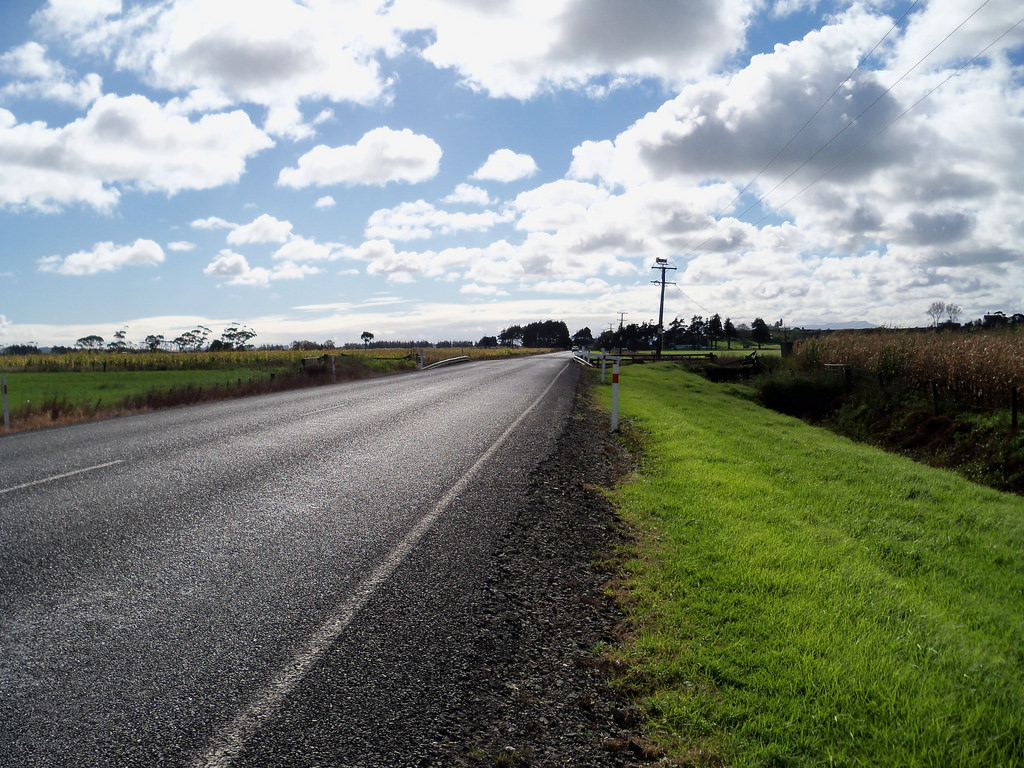Of all means of travel, road trips are the most common. About 35 percent of Americans will take one for both business and personal.

You can create beautiful memories with friends and family, but remember that driving in vehicles entails substantial risks. More people die in car accidents than by any other means of travel, and you need to take precautions both before and during your trip.
Don’t let the statistics dissuade you from going; rather, let them inspire you to practice some road-trip safety measures.
1. Drive Safely
Stay on your best driving behavior. Your actions can make all the difference for a safe trip. Make sure you:
- Get plenty of sleep before you go
- Use your turn signals
- Avoid rapid accelerations and decelerations
- Don’t speed
- Take breaks when you feel tired or have trouble focusing
- Put your phone away
2. Perform Vehicle Maintenance
A vehicle that’s in good working condition is less likely to end up in an accident. Get your oil changed regularly to avoid engine stalls. Have your brakes and tires checked before you head out. If not regularly addressed, these concerns can make it difficult to stop the vehicle quickly when necessary. Bald tires can also explode while you’re traveling at high speed, which can cause the vehicle to flip. A quick inspection and necessary repairs will maximize your safety.
3. Be Wary of Other Drivers
You can do everything possible to control your own behavior, but you can’t control that of others. Watch the other vehicles on the roadway for signs of negligent driving.
Cars that weave in and out of lanes or speed pose extra risks you’ll want to avoid. Watch out for semis and large vehicles as well.
Drivers of these huge, wheeled beasts have limited visibility behind and to the sides of their truck. Operators of large trucks may also underestimate the space they need to turn or change lanes.
Unfortunately, semi-truck accidents are all too common, so it’s vital for you to be watchful and wary when you see these huge vehicles.
4. Pack a Safety Kit
In case of an emergency, keep some essentials on hand. Every vehicle should be equipped with a first-aid kit, including bandages, antiseptic, wraps, and a first-aid instruction booklet.
You’ll also want useful tools that can help you out in a jam. Bring jumper cables, a flashlight, a tire changing kit, emergency blankets, flares, and other useful items that might save your life in an emergency.
5. Install Proper Child-Safety Restraints
Research appropriate booster and car-seat regulations for your children. Kids should be kept in a car seat or booster seat longer than many parents believe.
Booster and car seats position the belt appropriately so it will protect children from flying out of the car without crushing their internal organs. Having the right car seat can mean the difference between life and death for your little ones during an accident.
6. Avoid Distracted Driving
Designate the person in the passenger seat as the navigator, texter, and answerer of phones. He or she can also help you do little things, such as open the straw for your soft drink or change the radio station. Your passenger can also keep you awake and remind you to stay focused on the road.
7. Learn Basic Car Maintenance
A lot of people think they know how to change a tire, but when presented with the unfortunate necessity, they find it’s more difficult than they imagined. Watch a couple of YouTube videos that show how to change a tire on your specific car model.
You might also research simple maintenance tips like how to check the oil, recognize dashboard sensors, change a car battery, replace windshield wipers, and other basics that could surface during your trip.
8. Lock Your Doors and Hide Valuables
There’s nothing worse than having your car or valuables stolen when you’re stopped somewhere. Don’t forget to lock your car doors, even if you’re only inside a gas station or store for five minutes. Also, hide your valuables — things like your cell phone, wallet, GPS, etc. — before leaving the vehicle. In the case of car burglary, the “out of sight, out of mind” rule works wonders.
Your next road trip will be a lot more fun and enjoyable if you’ve followed these tips.